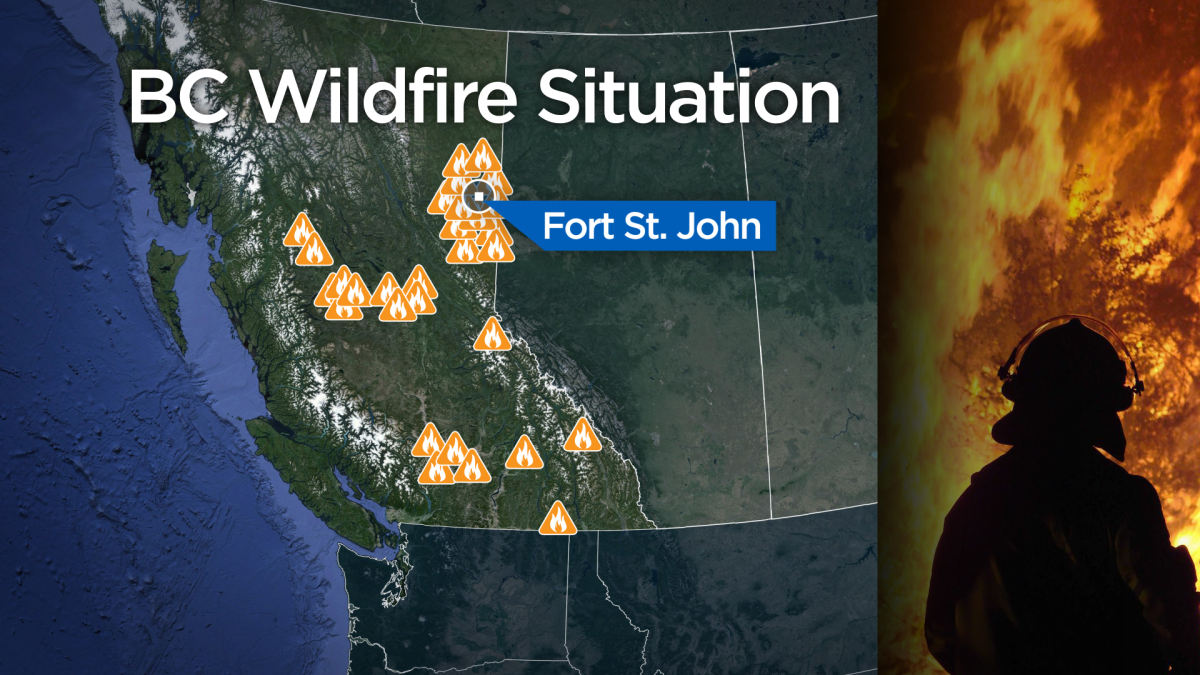We are only a few weeks into April, but it felt more like a sultry summer day throughout the province on Monday.

Global BC meteorologist Yvonne Schalle says 49 temperature records were smashed around British Columbia yesterday, with temperatures reaching as high as 25.3 degrees at YVR, breaking the old record of 22.2 degrees set back in 1962.
Schalle says record heat is courtesy of a very strong ridge of high pressure throughout the province.
But the ridge will be weakening on Thursday, with a possibility of an increasing cloud cover and chance for showers.
It will be a bit cooler today as well. Tuesday’s high at YVR is expected to reach 22 degrees near the water and 28 inland.
Records were also broken in the Abbotsford area that saw a temperature of 29.0 degrees, breaking the old record of 25.0 set in 1962. Dawson Creek hit 29.5 degrees, a whole 5.6 degrees above the 1926 record. The thermometer went over the 30-degree mark in the Lytton area, reaching 30.6 degrees and breaking the old record of 27.2 set in 1934.
Other notable records broken include:
Whistler area (new record: 25.2; old record: 21.1 set in 1962)
Fort Nelson area (new record: 26.7; old record: 18.7 set in 1991)
For St. John area (new record: 28.5; old record: 19.1 set in 2010)
Kelowna area (new record: 26.9; old record: 22.2 set in 1900)
Nanaimo area (new record: 25.1; old record: 21.7 set in 1934)
Pitt Meadows area (new record: 29.8; old record: 25.0 set in 1962)
Prince George area (new record: 25.1; old record: 21.1 set in 1913)
Sechelt area (new record 24.5; old record: 18.9 set in 1956)
Squamish area (new record: 28.1; old record: 23.0 set in 1994)
Victoria area (new record: 24.3; old record: 19.4 set in 1934)
Meanwhile, several wildfires in northern British Columbia have forced evacuations and a state of emergency near Fort St. John.
The Peace River Regional District said on Monday there are approximately 48 wildfires burning in the region.
The district says a large area, including Fort St. John and the District of Taylor, has been placed under a state of emergency because there is danger to people and property in the area.
Cst. Josh Swanback of the Fort St. John RCMP said a number of homes in the area have been evacuated because of three large fires.
One fire is burning near Baldonell, one near Charlie Lake on Highway 29, and one further north of Fort St. John on the Alaska Highway, he said.
BC Wildfire Service says the fire danger for Fort St. John is currently high, meaning new fires may start easily, burn vigorously, challenge fire suppression efforts, and extreme caution must be used in any forest activities.
Following last year’s hot, dry summer in Metro Vancouver, the region’s Utilities Committee has also voted to adjust the start date for stage one water restrictions from June 1 – September 30, to May 15 through to October 15.
WATCH: Multiple people in northern British Columbia did not spend the night in their own beds on Monday because of a forest fire burning near Fort St. John.

-With files from the Canadian Press and Jon Azpiri





Comments